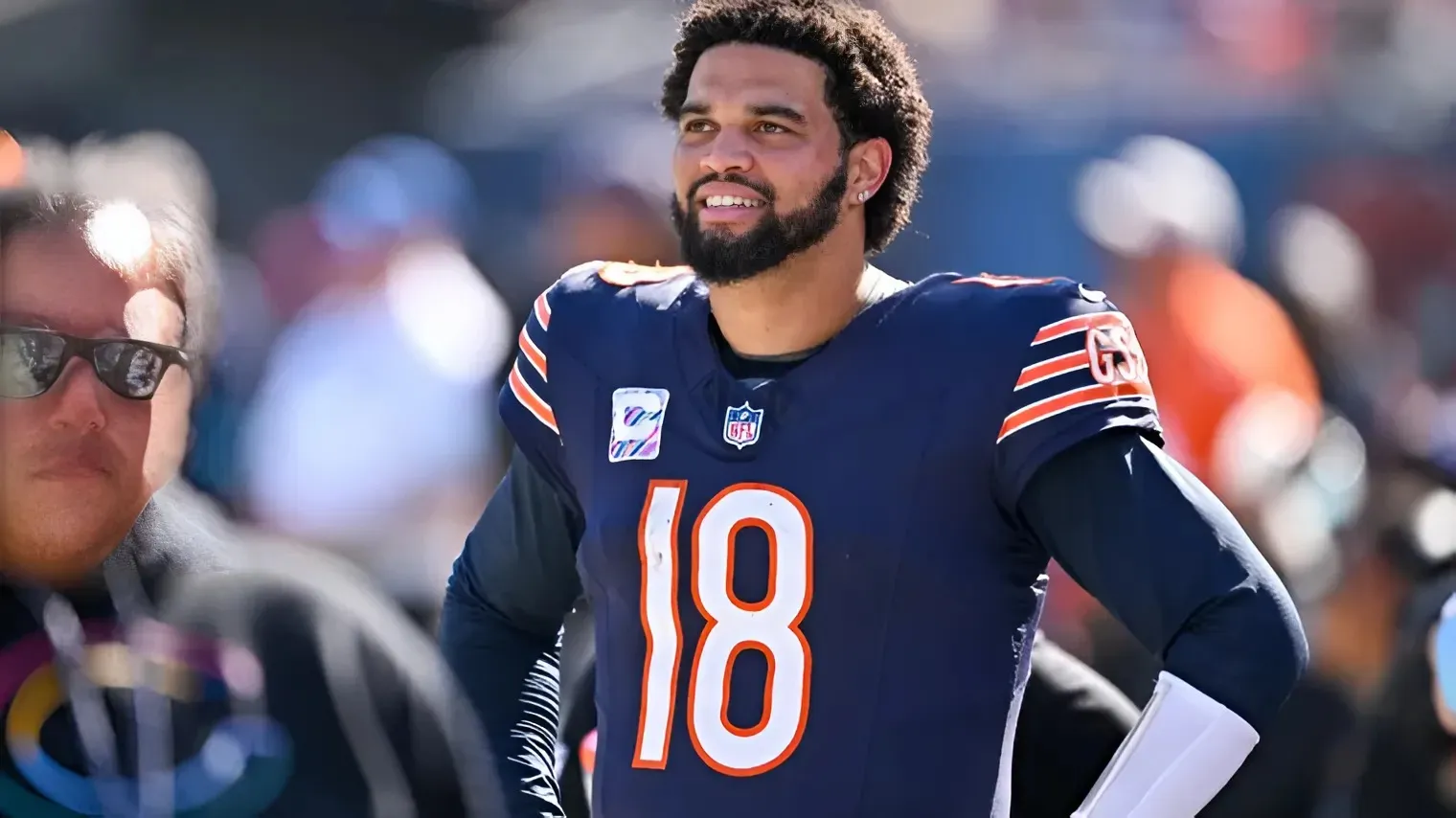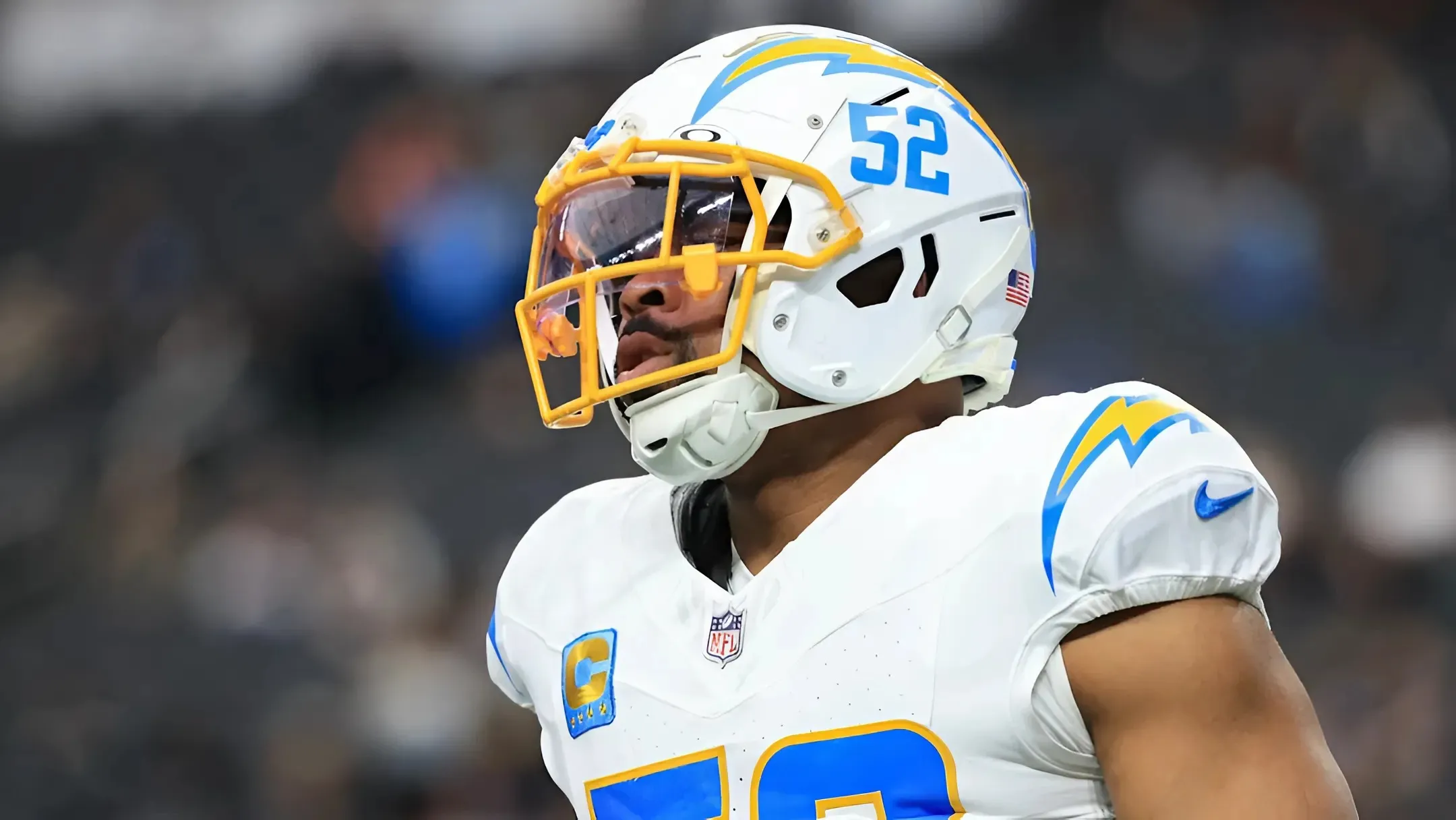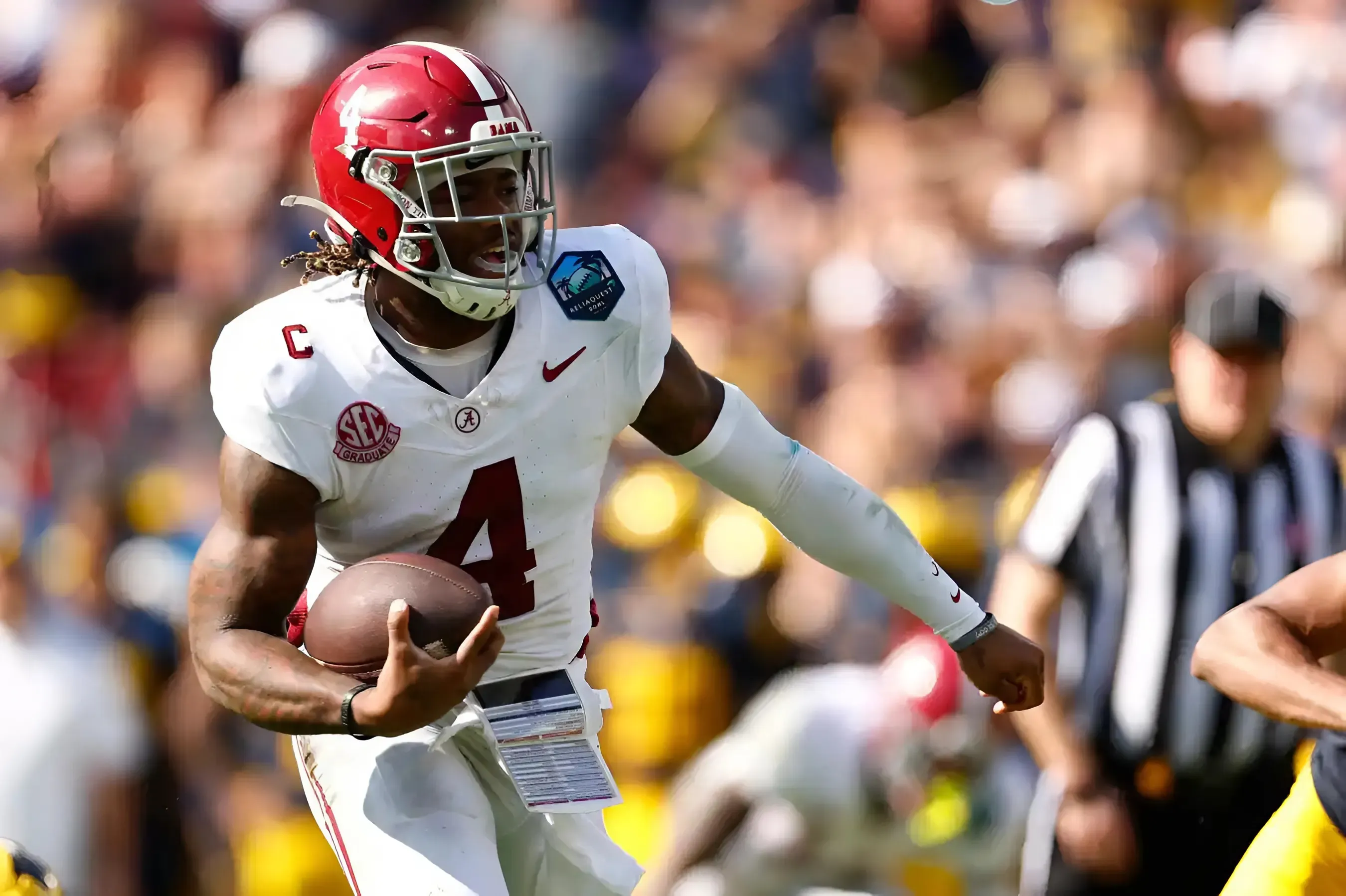#1 - Mismatch hunting game
The Los Angeles Lakers decided to hunt mismatches just as much, if not more, than the Boston Celtics. Instead of letting the Celtics dictate the defensive matchups, the Lakers wanted to make a statement, showing they could attack whoever they wanted, even Derrick White.
/cdn.vox-cdn.com/uploads/chorus_image/image/73950316/2204065796.0.jpg)
It was surprising to see White being targeted, but there’s no shame in struggling against LeBron James. His post-up moves are nearly impossible to stop when you’re limited by size. Later in the game, though, LeBron had far less success trying to attack Al Horford, the Old Reliable, as Jaylen Brown calls him.
On the other side, the Celtics stuck to their usual approach: find the weak link and attack until it breaks. However, the Lakers did a great job of switching to keep Austin Reaves and Luka Dončić away from the action whenever possible.
Later in the game, though, the Celtics found ways to exploit Reaves and Dončić by putting them in positions where they weren’t valuable, rather than just attacking them outright. But before diving into that, let’s take a look at how Boston defended the Lakers’ offensive game plan.
#2 - Leaving them open
In his pregame press conference, Joe Mazzulla told CelticsBlog he believed the Lakers were a better shooting team than last year’s Mavericks. Yet, he still decided to leave most of them open beyond the three-point line. Was it all a mind game?
As mentioned in the tweet, the Lakers ended up attempting more threes than the Celtics—pretty off-brand. Boston put a big emphasis on protecting the paint, holding the Lakers to just 23% rim frequency, well below their 32% season average.
To lock down the paint so effectively, the Celtics had to make aggressive choices, often leaving Lakers shooters open—even an above-average one like Dorian Finney-Smith. The fact that Boston was comfortable with these open looks makes me think Mazzulla’s pregame take wasn’t entirely true… or maybe he just thinks both teams are bad shooting teams, with the Lakers being slightly less bad?
#3 - Strong side is where Luka is
In basketball, the strong side refers to the flank where the ball is. There’s ongoing debate in modern basketball about whether help defense should come from the strong side. The Celtics didn’t leave the Lakers a choice—they forced the strong-side help to be Luka Dončić.
If the strong-side defender isn’t mobile or long enough, it becomes impossible for him to stunt at the driving lane and recover to the corner. The Celtics capitalized on this by driving on Dončić’s side instead of forcing him to be on the ball.
On back-to-back possessions, this led to two open corner threes—one of the most efficient shots in modern basketball.
#4 - Jayson Tatum pick-and-roll with Luke Kornet
At the end of the first quarter and into the second, the Celtics repeatedly ran a high pick-and-roll with Jayson Tatum and Luke Kornet. This has been one of their go-to actions when both are on the floor. It’s interesting to see how the Lakers defended it compared to the Denver Nuggets, who were in town last weekend.
The Lakers positioned their big just below the level of the screen, a soft-drop approach, while Tatum’s defender went over the top to take away the pull-up. What Tatum did exceptionally well was control the tempo.
In the play below, he trapped Goodwin on his back, preventing him from reaching without fouling. This gave Kornet time to roll to the rim and set a Gortat screen to clear the basket. As a result, LeBron James had to help at the rim, leaving Jrue Holiday open for three.
Tatum’s chemistry with bench players continues to be a huge asset for the Celtics.
#5 - Empty-side actions for White and Horford
Back in to start the second half, the Celtics spammed one of their classic actions—an empty-side pick-and-roll between Derrick White and Al Horford. The goal? Force a switch and create a post-up opportunity for Horford against Austin Reaves.
Reaves fought hard to front Horford and deny the entry pass, but the Celtics found ways around it. Even when they couldn’t get the ball inside, the action still served its purpose—keeping Reaves near the rim. With weaker rim protection, Celtics’ drives became much easier.
Boston often manipulates matchups to keep opposing guards near the rim, effectively neutralizing rim protection. They did this in the Finals by putting Jrue Holiday in the dunker spot, and they used the same tactic last night with White and Horford.
#6 - Al Horford vs. LeBron James, duel of legends
Al Horford and LeBron James have played through two decades of NBA basketball, yet they continue to perform at the highest level in 2025. Horford started in place of the injured Kristaps Porziņģis, and as the game went on, LeBron tried to exploit the matchup. But the Celtics veteran was more than up to the challenge.
Horford also scored on LeBron, but his biggest impact was on defense. What LeBron hoped would be a mismatch turned into a tougher battle than expected. He had much more success attacking Sam Hauser, though even Hauser managed to hold his ground on some possessions.
It was a rare opportunity to see two legends go head-to-head. Unfortunately, LeBron had to sit out the end of the game, a reminder of how fragile these moments are as they near the end of their careers.
#7 - Celtics gave the Lakers a taste of their own medicine
Back in January, the Lakers slowed down the Celtics’ offense with a bold but effective strategy. Instead of switching and sending help to the mismatch, they let the defender hold his ground, refusing to give up open shots by overhelping. Last night, the Celtics flipped the script.
Whether it was LeBron attacking Hauser or Dončić trying to get past Horford, Boston switched and held their positions as much as possible. They also did an excellent job of staying disciplined, limiting the Lakers’ free-throw attempts compared to their usual volume.
Once a switch was made onto LeBron or Dončić, the Celtics remained glued to their man while also crowding the paint. As mentioned earlier, the Lakers’ poor spacing made it difficult to punish this approach, allowing Derrick White to help at the rim when Horford contained LeBron’s drives.
Great defensive execution from Boston.
#8 - Lakers’ run in the fourth
Despite trailing by over 20 in the third, the Lakers made a push in the fourth and nearly completed the comeback. While the Celtics’ offense became stagnant, the Lakers increased their ball and player movement, throwing off Boston’s defensive rhythm.
A key factor was improved spacing. At one point, the Lakers had only shooters on the floor, stretching the Celtics’ defense in ways they hadn’t all game.
:no_upscale()/cdn.vox-cdn.com/uploads/chorus_asset/file/25903733/Lakers_Five_out.png)
But this approach had a cost—defense. LeBron isn’t the rim protector he once was, and Dorian Finney-Smith couldn’t cover for all the defensive gaps. Once the Celtics regained their offensive rhythm, the Lakers’ run came to an end.
#9 - Clutch offense
Boston won, so there won’t be much debate about their late-game offense—but it could have been different. The Celtics slowed things down to control the pace, but in doing so, they turned their elite offense into a make-or-miss game.
Luckily, most of their contested jumpers either fell, led to free throws, or resulted in offensive rebounds. But the stagnation in clutch moments is something to keep an eye on.
#10 - The TD Garden was ready to BEAT LA, and so were the Celtics
I haven’t been to many games at TD Garden, but the energy last night felt different. The crowd, the staff, the players, even the coaches, knew this was special.
Joe Mazzulla might have downplayed it as “just another game,” but looking at Tatum and Brown’s minutes, it’s clear this one meant something.
Was this his way of telling them it wasn’t just a regular game? Maybe.



